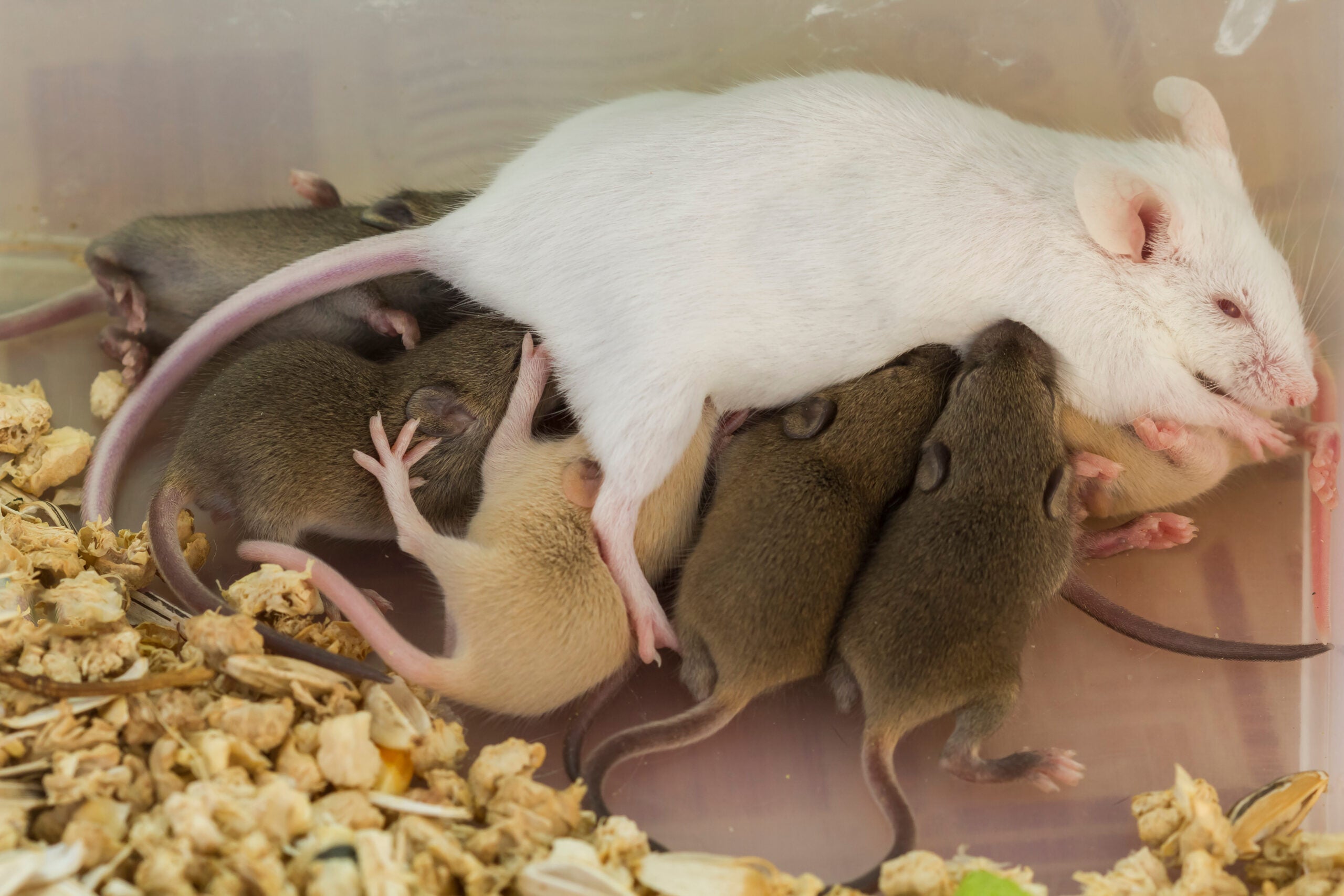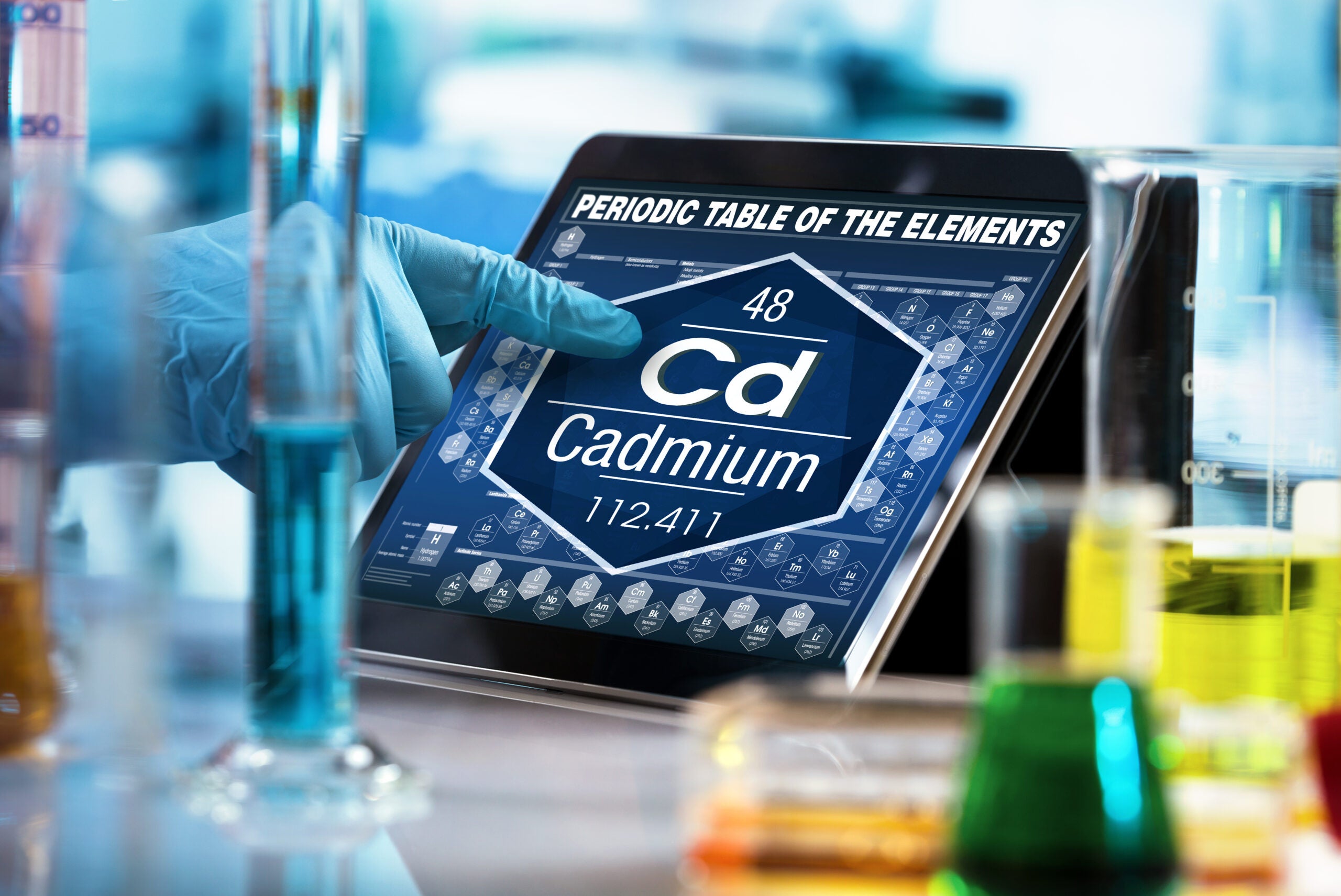A new power couple: The combined impact of the microbiome and chemical exposures on disease susceptibility (Part 2 of 2)
Allison Tracy is a Chemicals Policy Fellow. EDF Health Scientist Dr. Jennifer McPartland and Senior Scientist Dr. Richard Denison contributed to this post.
In Part 1 of this two-part post, I reviewed scientific evidence that the gut microbiome interacts with ingested chemicals to influence susceptibility to obesity and diabetes. This hypothesis is the focus of a recent review article by Suzanne Snedeker and Anthony Hay. Having reviewed evidence of the link between the microbiome and obesity and diabetes as well as the link between chemical exposures and obesity and diabetes, we now proceed to address this question: Can the gut microbiome act in concert with ingested synthetic chemicals to predispose people to obesity and diabetes?
The third link: the gut microbiome and chemicals together may affect obesity and diabetes
Snedeker and Hay summarize evidence as to how the gut microbiome and chemical exposures may act together to influence propensity for developing obesity and diabetes. Although their suggestions are in part theoretical, the ideas are grounded in data on the metabolism of pharmaceuticals.
Snedeker and Hay present four central ideas on the ways in which the gut microbiome and chemical exposures may interact.
#1: Microbial activation of chemicals
Snedeker and Hay first point to work by Van de Wiele et al., the subject of one of our previous blog posts. A series of his studies on arsenic, mercury, and polycyclic aromatic hydrocarbons (PAHs) suggests that microbial metabolism modifies ingested chemicals, inducing modifications such as methylation and thiolation that alter toxicity. The extent of these changes may differ greatly between individuals, a concept that is supported by a number of studies in the pharmacology literature (see here, for example) that link individual variability in the microbiome to differential drug metabolism and activation.
#2: Competition for microbial metabolic resources between the gut microbiome and ingested chemicals
Further investigation into individual differences in chemical metabolism led to the discovery that the number of biotransformation enzymes produced by the gut microbiome is a limiting factor.
A 2008 study found that the products of certain gut microbes can compete with ingested drugs for the metabolizing activity of certain of the microbiome’s biotransformation enzymes. Take acetaminophen, a common ingredient in over-the-counter pain medications, as an example. Microbial enzymes that metabolize acetaminophen are the same enzymes that metabolize chemicals produced in the gut by certain microbes. The microbiomes of some people produce a lot more of these endogeneous chemicals than do those of other people. For these people, their microbial enzymes are more preoccupied with metabolizing microbial products, which means that the acetaminophen they ingest remains in the body longer and may actually cause harm.
Studies have found that the toxicity of acetaminophen does indeed vary among individuals, and correlates with differences in the composition of their gut microbiota.
Such interactions could be relevant to exposure to other ingested synthetic chemicals if a similar type of competition arises during the simultaneous metabolism of microbial products and those chemicals.
#3: The microbiome can alter levels of hepatic (liver) enzymes that aid in detoxification
The body detoxifies xenobiotics, or foreign chemicals, in two stages – Phase I and Phase II metabolism. A 2011 study shows that certain Phase I enzymes are present at higher concentrations in the livers of mice with microbiomes than in the livers of germ-free mice. A 2006 study found that, conversely, germ-free mice have higher levels of certain Phase II liver enzymes than mice with intestinal microbiota.
Because Phase I and Phase II enzymes chemically alter xenobiotics to detoxify them, the finding that the presence of the microbiome can affect the concentrations of these enzymes is important. In particular, these studies suggest another possible means by which the microbiome might either aid or inhibit the detoxification of foreign chemicals – such as obesogens and diabetogens.
The 2006 study also found that the effect of the gut microbiome on the levels of hepatic enzymes produced differs between female and male mice, an aspect that warrants further investigation. Other studies have linked dietary changes to changes in the levels of liver detoxification enzymes, but those investigators are still determining what role the microbiome may play.
#4: Changes in enterohepatic circulation
Enterohepatic circulation generally refers to the processing of chemicals between the colon and the liver. The more a chemical cycles between the two, the longer it remains in the body. Delayed release can in some cases lead to adverse effects. One particularly relevant study has shown that certain dietary changes decrease enterohepatic circulation and increase the rate of excretion of a certain PBDE flame retardant.
Snedeker and Hay suggest that individual variability in the gut microbiome might influence the extent of enterohepatic cycling. These individual differences could in turn lead to differential susceptibility to the toxic effects of certain chemicals. If, for example, potential obesogens and diabetogens remain in the body for a more extended period of time as a result of such “interference” from the gut microbiome, they may have greater effect.
Conclusion
Given the circumstantial evidence linking the microbiome and chemical exposures to obesity and diabetes, attention needs to be given to better understanding the interactions between these two environmental factors. In the case of pharmaceuticals, researchers have emphasized the powerful effects of individual variation in gut microbiota on the potency and rate of metabolism of pharmaceuticals.
Although research on environmental chemicals is comparatively sparse and most results are preliminary, there is plenty of reason to suspect that such chemicals also undergo important transformations as a result of interactions with the gut microbiome. Future research in this vein should incorporate explicit consideration of emerging concepts in toxicology, namely the importance of individual variation, timing of exposure, and low-dose effects.
Snedeker and Hay have sounded a warranted alarm in this review: Interactions between certain chemicals and the microbiome could dramatically influence their potential to act as obesogens and diabetogens.












